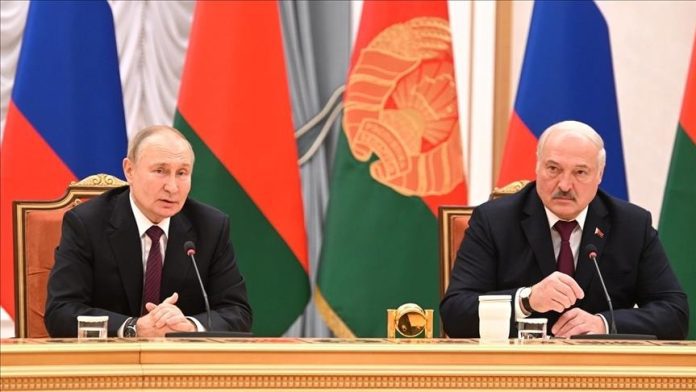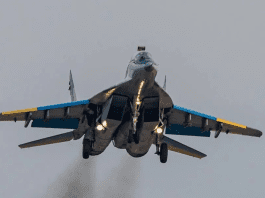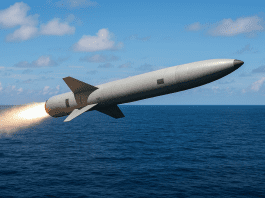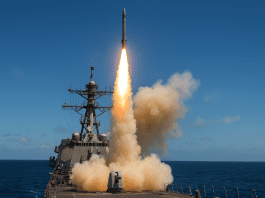Belarus President Aleksandr Lukashenko has explained that the recent deployment of Russian-made Oreshnik missile systems on Belarusian territory is a defensive step, not an act of aggression. Speaking at the 3rd Minsk International Conference on Eurasian Security, Lukashenko emphasized that this move is a response to growing regional tensions and modern security threats facing Belarus and its allies.
Lukashenko Cites Security Concerns Behind Missile Deployment
Lukashenko said Belarus did not position these missile systems to intimidate neighboring countries or provoke confrontation. Instead, the country positioned them to protect itself from potential risks linked to increasing military activity near its borders. He described the deployment as a necessary and preventive measure, taken to safeguard the nation’s sovereignty in the face of what he called an “escalation of the situation in the region.”
Lukashenko highlighted that the situation in Eastern Europe has become more unpredictable over the past few years. With heightened NATO activities, frequent military drills, and continued sanctions pressure on Russia and Belarus, the Belarusian leadership sees strengthening defense capabilities as a matter of survival and deterrence. The Oreshnik systems, reportedly capable of targeting both air and ground threats, are part of a broader effort to modernize Belarus’s defense infrastructure.
He firmly stated that Belarus does not plan to use these weapons for offensive purposes. “We don’t threaten anyone,” Lukashenko said, adding that the missiles are positioned purely for defensive reasons. He also urged Western nations to understand that Belarus’s actions are reactive, not provocative.
Lukashenko Calls for Dialogue Amid Escalating Tensions
During his speech, Lukashenko made a point of expressing Belarus’s readiness for dialogue and mutual de-escalation. He urged the West to refrain from viewing every Belarusian or Russian move as a hostile act, stressing that cooperation remains possible if approached with sincerity.
He noted that Minsk is “always open to constructive dialogue and mutual steps to reduce tensions,” adding that Belarus and Russia would respond in kind if Western partners showed genuine interest in easing the situation. His message aimed to balance firmness with openness, presenting Belarus as both defensive and diplomatic in its posture.
Lukashenko has repeatedly argued that Europe unfairly portrays his country as a security threat. He insists that Western military build-ups in nearby countries such as Poland and Lithuania have forced Belarus to take defensive countermeasures. His comments at the security conference showed this consistent stance — that the West’s military expansion leaves Minsk with few options but to fortify its own defenses.
🧳 From Libya to Poland — Belarus accused of trafficking migrants in geo-political power play
Observers note that the Oreshnik missile system gives Belarus’s defense forces a new layer of capability. While officials have not shared many details about the system, they describe it as a modern air defense and tactical missile system that detects and neutralizes threats from various directions. Its deployment marks a significant upgrade in the joint Belarus-Russia defense cooperation framework, strengthening the two nations’ shared military posture in the region.
By making this announcement during a major international conference, Lukashenko aimed to show that Belarus’s decisions are transparent and justifiable in the current geopolitical climate. The event, attended by delegates and experts from several Eurasian nations, served as a platform for Belarus to explain its perspective on the shifting balance of security in Europe.
Regional Reactions and Lukashenko’s Broader Message
The deployment of Oreshnik systems in Belarus has naturally drawn international attention, especially from NATO members and neighboring countries. While Belarus maintains that the missiles are solely for protection, regional observers view the move as part of a larger strategic alignment with Russia. The close military cooperation between the two nations has grown since the escalation of the Ukraine conflict, and Belarus’s geographical position makes it a crucial player in the regional security equation.
Reports suggest that joint military exercises between Russian and Belarusian forces have become more frequent, emphasizing coordination and shared readiness. These developments, combined with the installation of new missile systems, signal a continued strengthening of defense integration between Minsk and Moscow.
At the same time, Western nations have voiced concerns over the increasing militarization of Belarusian territory. Some European officials argue that such deployments raise the risk of accidental confrontations or misunderstandings. However, Lukashenko insists that the presence of Oreshnik missiles should instead be seen as a stabilizing factor, preventing potential aggression by deterring hostile actions.
NATO vows strong response as Russia and Belarus launch massive Zapad 2025 war games near Poland
Belarus’s state media supported Lukashenko’s stance, calling the Oreshnik missile deployment a “balanced and justified decision” for self-defense. Officials said the systems are meant to protect Belarus’s airspace and citizens amid rising geopolitical tensions.
Experts noted that Belarus’s security policy prioritizes preventing external interference and maintaining regional stability. The Oreshnik missiles fit into this long-term defense strategy rather than representing a sudden escalation.
At the 3rd Minsk International Conference on Eurasian Security, Lukashenko reaffirmed that Belarus seeks peace through strength, stressing that the missile deployment is about defense and stability, not aggression.







